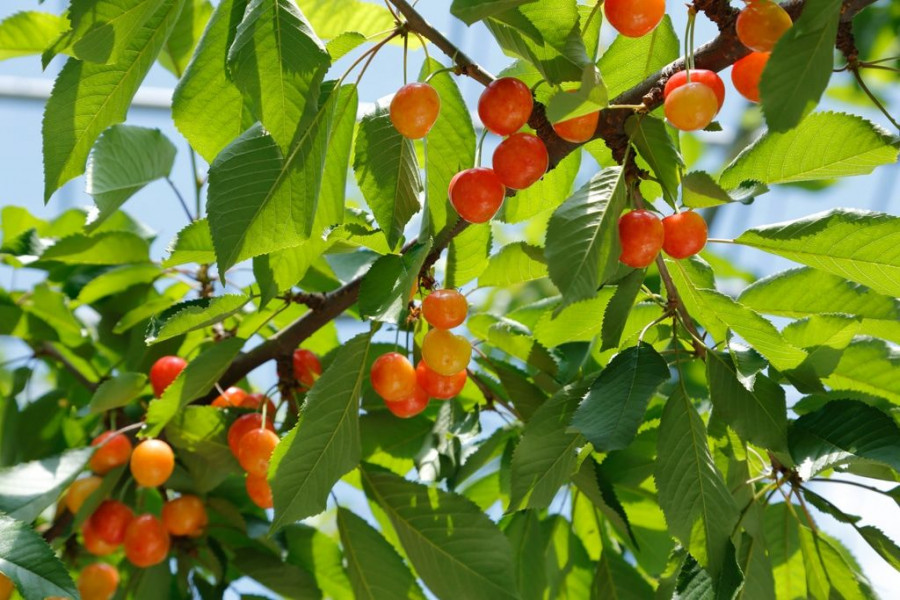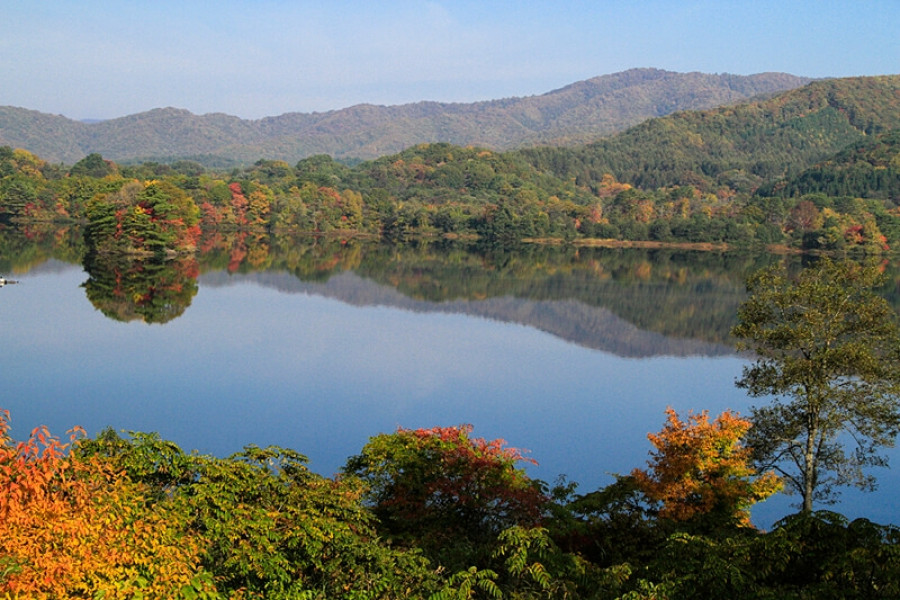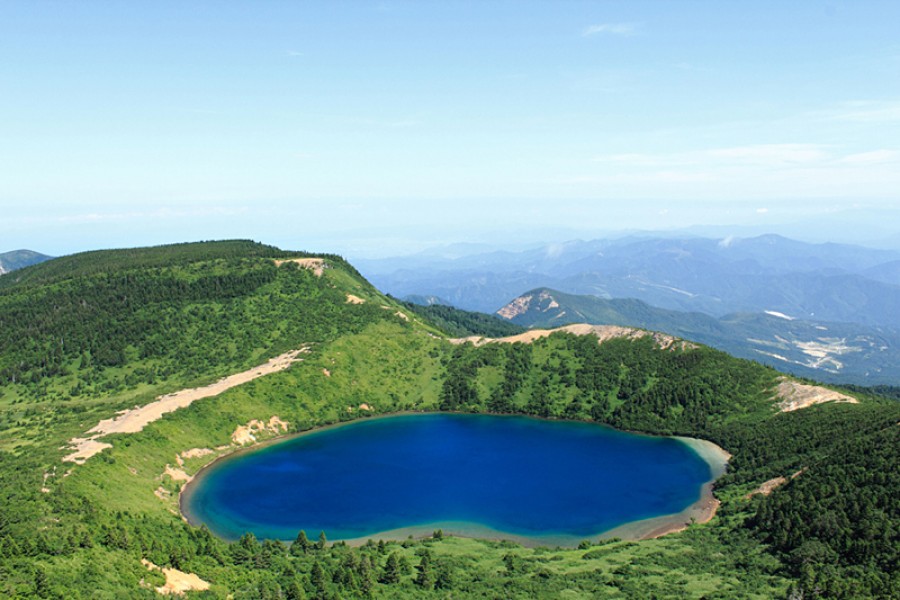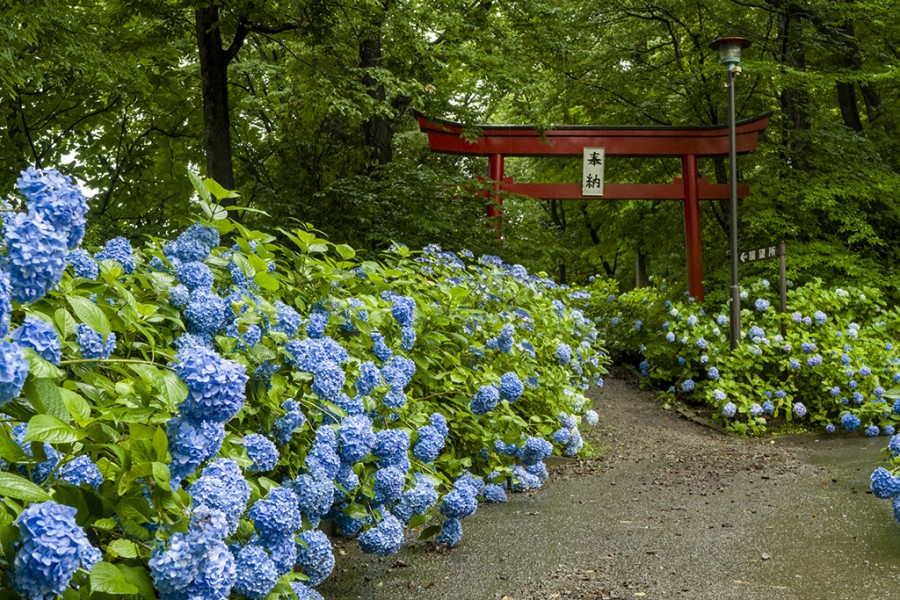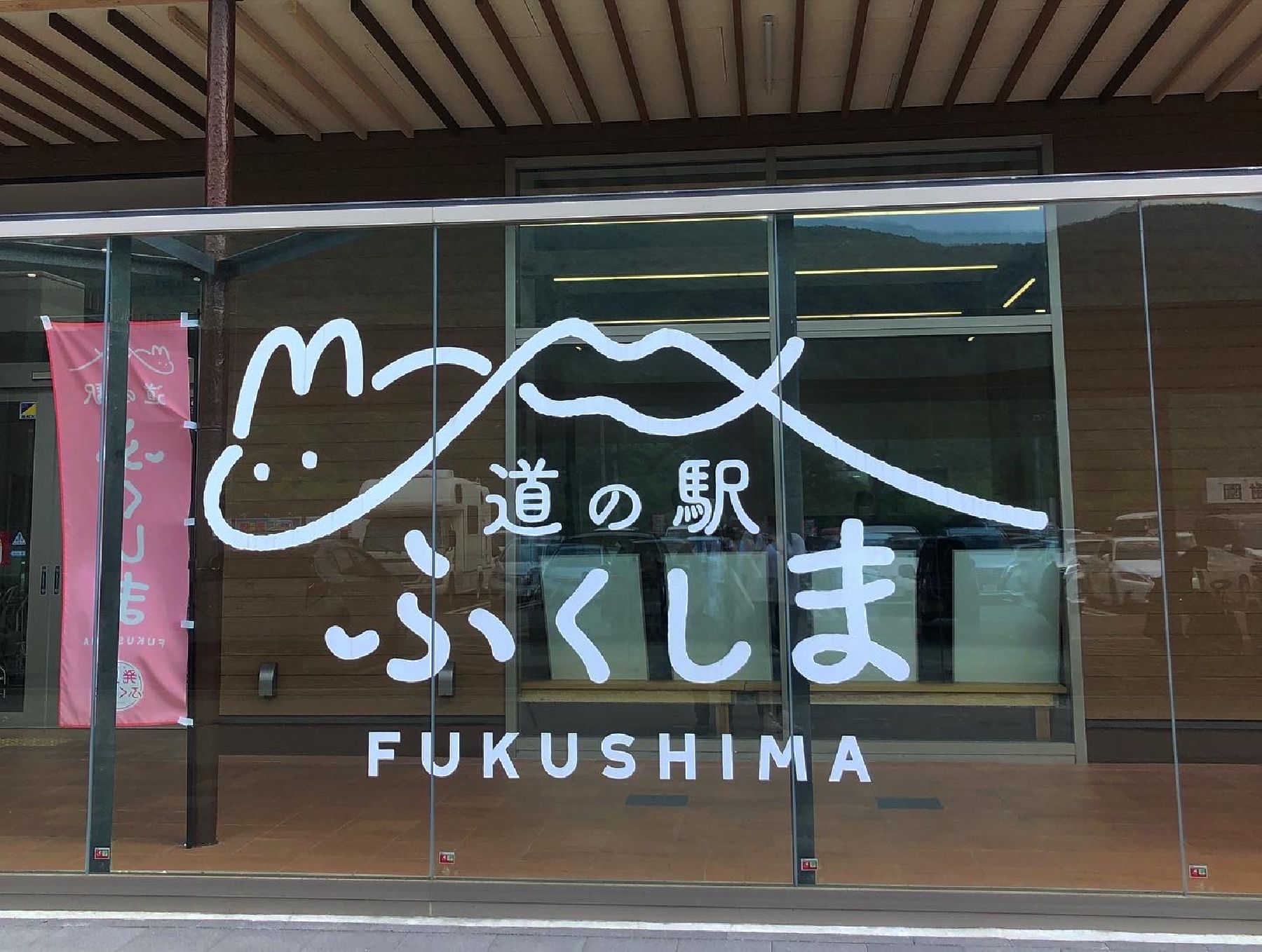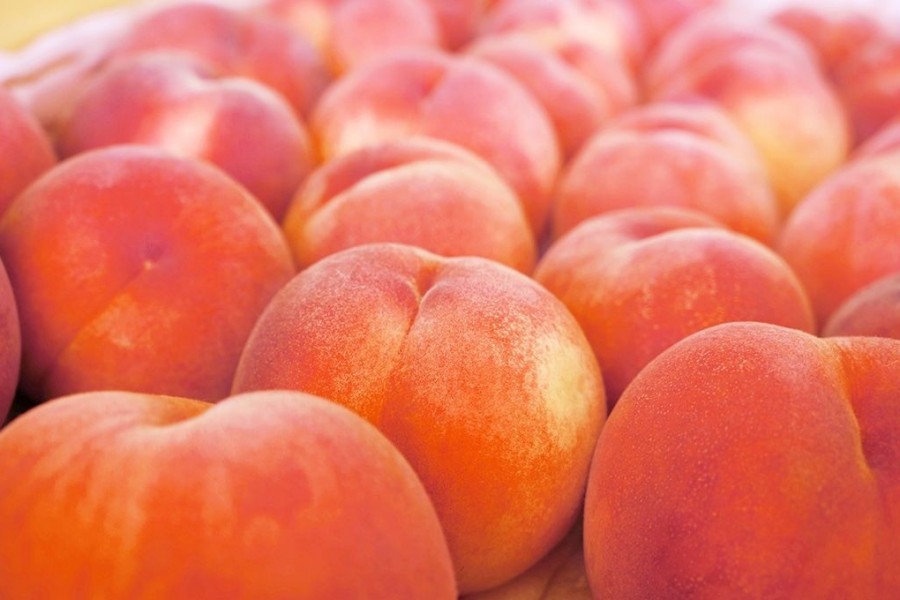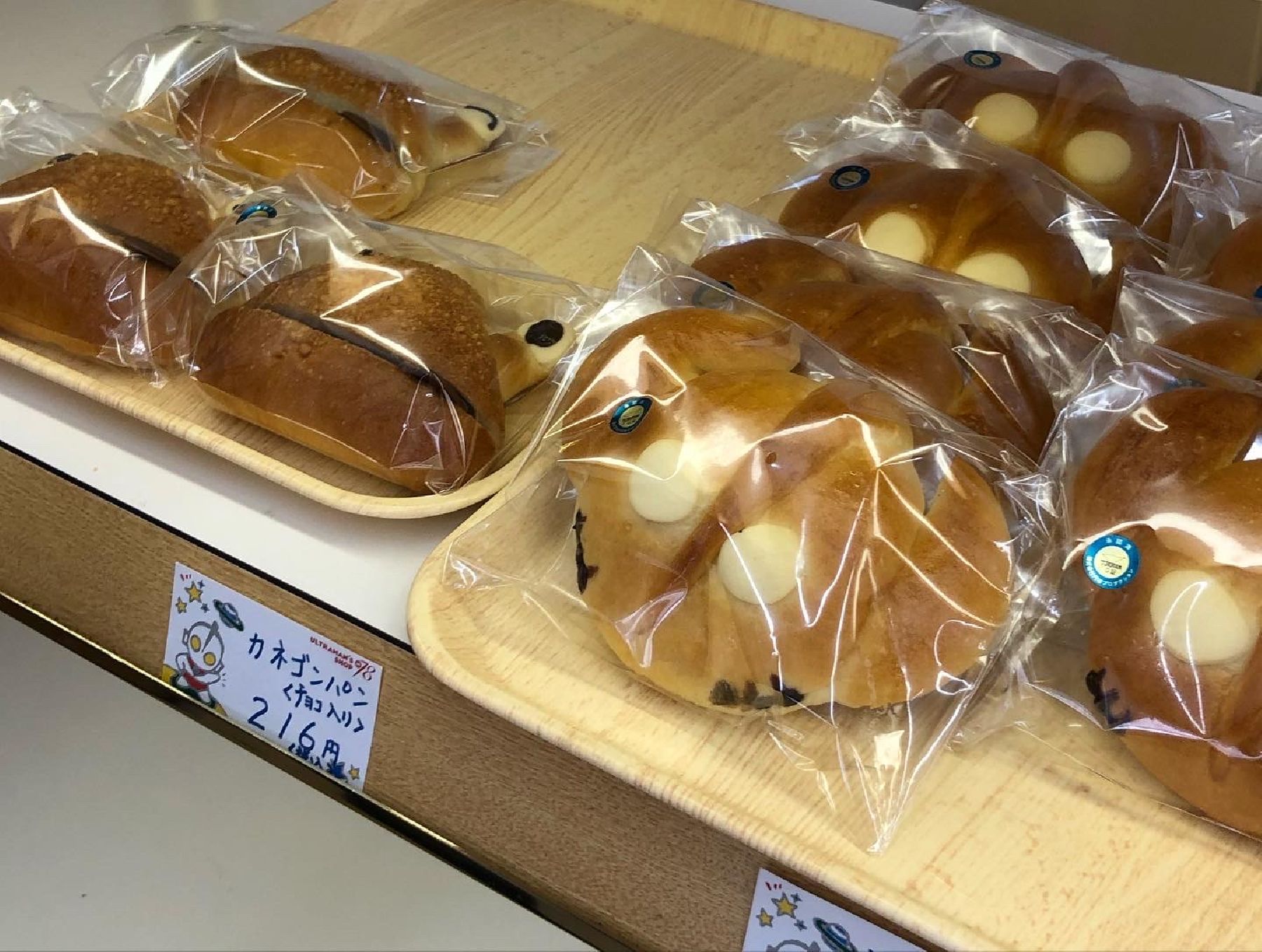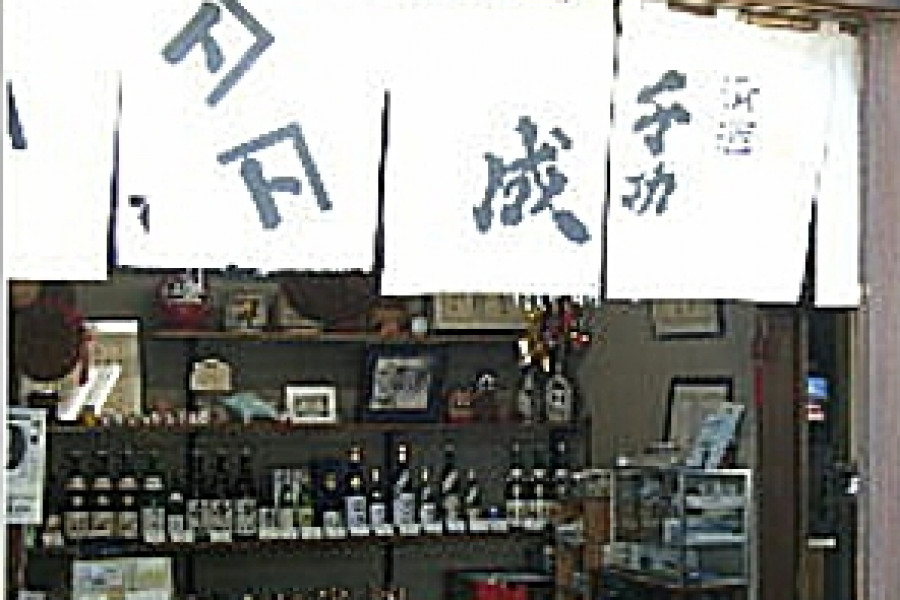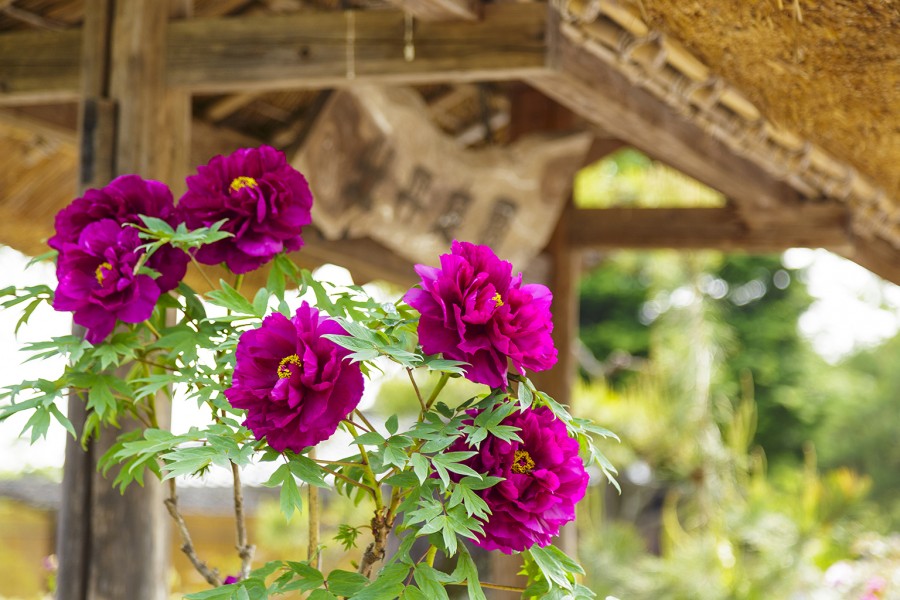
Sukagawa Botan-en Peony Garden
This peony garden is three times the size of Tokyo Dome, and has 290 varieties of peony, totalling 7,000 flowers. Key features of Sukagawa Botan-en Peony Garden include its 200 year-old peony plants, the 'Showa-no-yume' variety of peony unique to Sukagawa City, and a rare 'Toryo' Chinese peony presented by a representative from Luoyang, Sukagawa's sister-city in China. The deep purple of the Japanese peonies that grow in the garden are also very popular. Volunteer guides are ready to show visitors around the park for not extra charge. The Sukagawa Peony Garden is the only such garden in Japan to be designated as a Spot of Natural Beauty by the Japanese government. As well as peonies, the garden also boasts flowers such as roses, and Japanese irises, which are in bloom until the end of June. Peak viewing season for peonies is from late April to mid-May.
